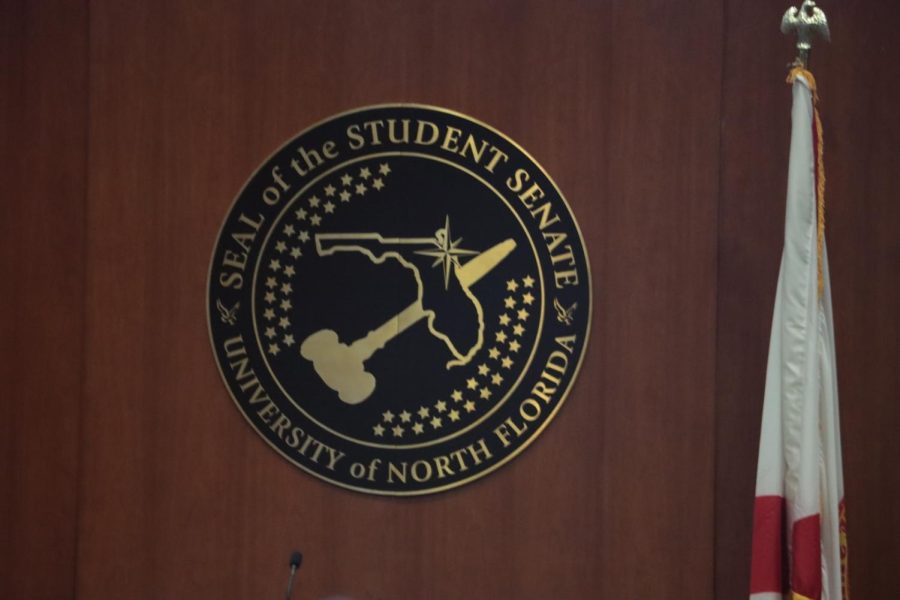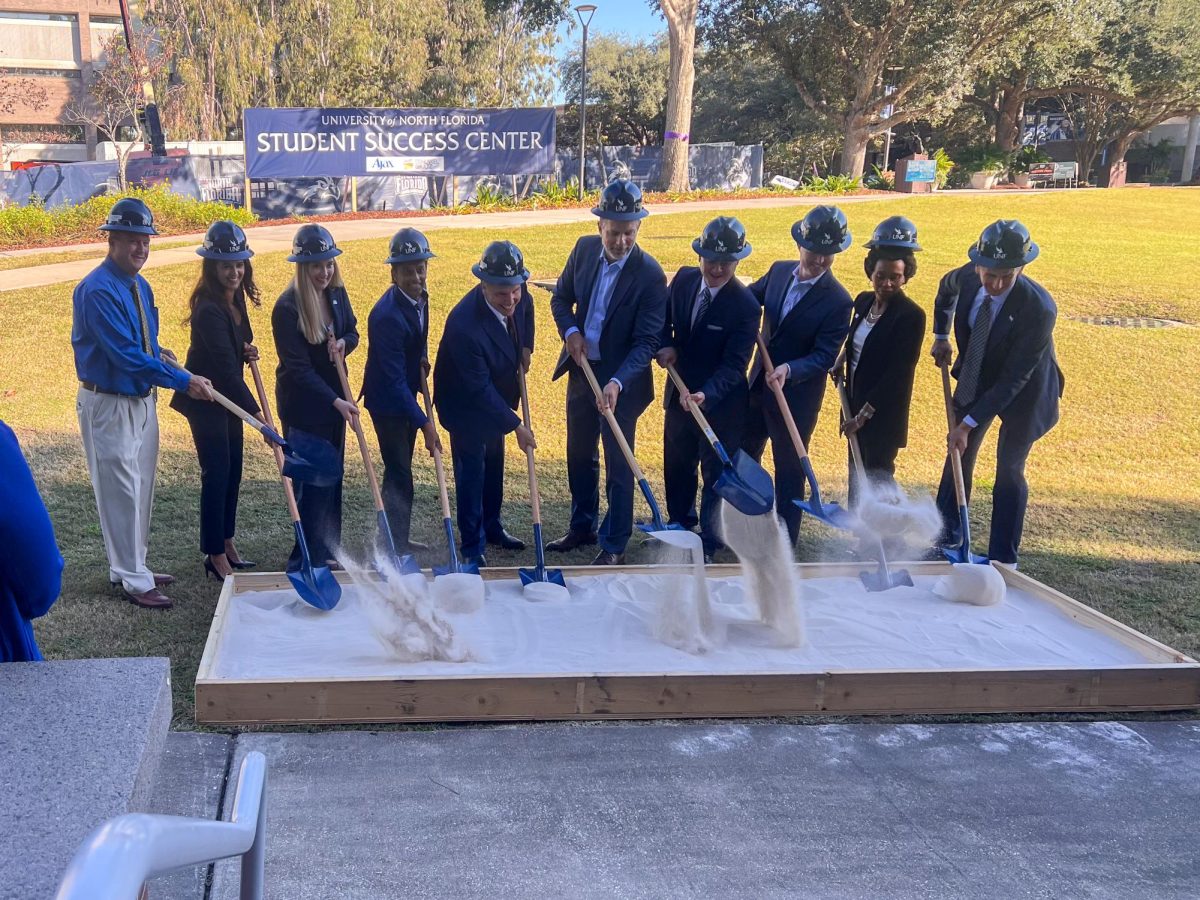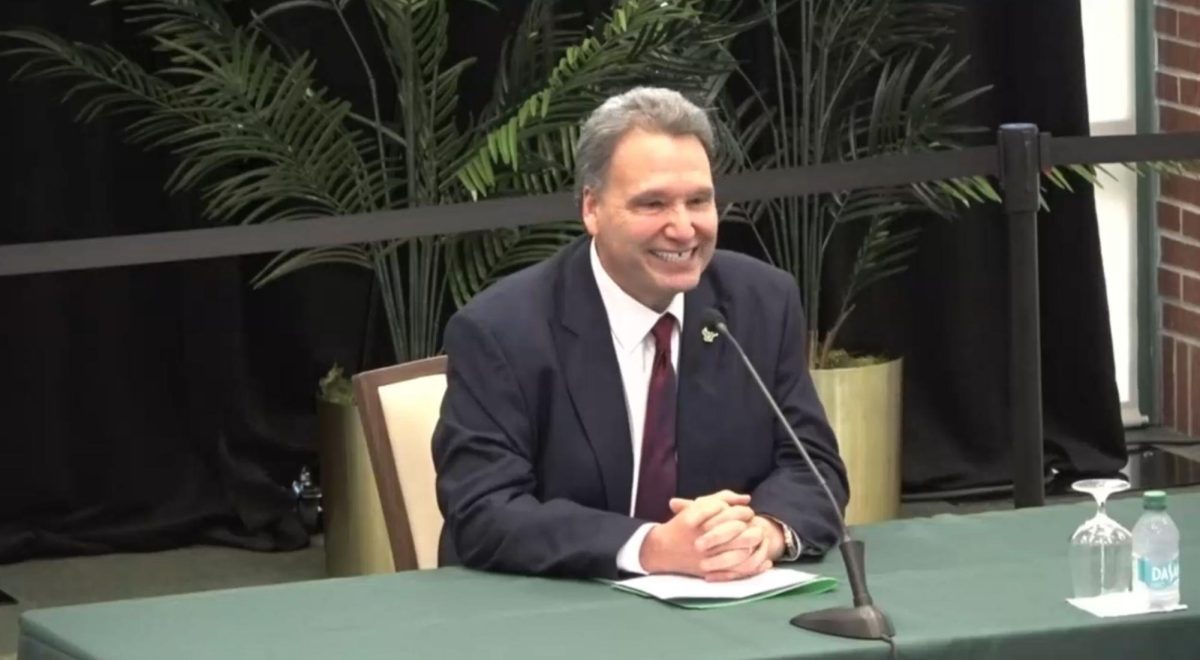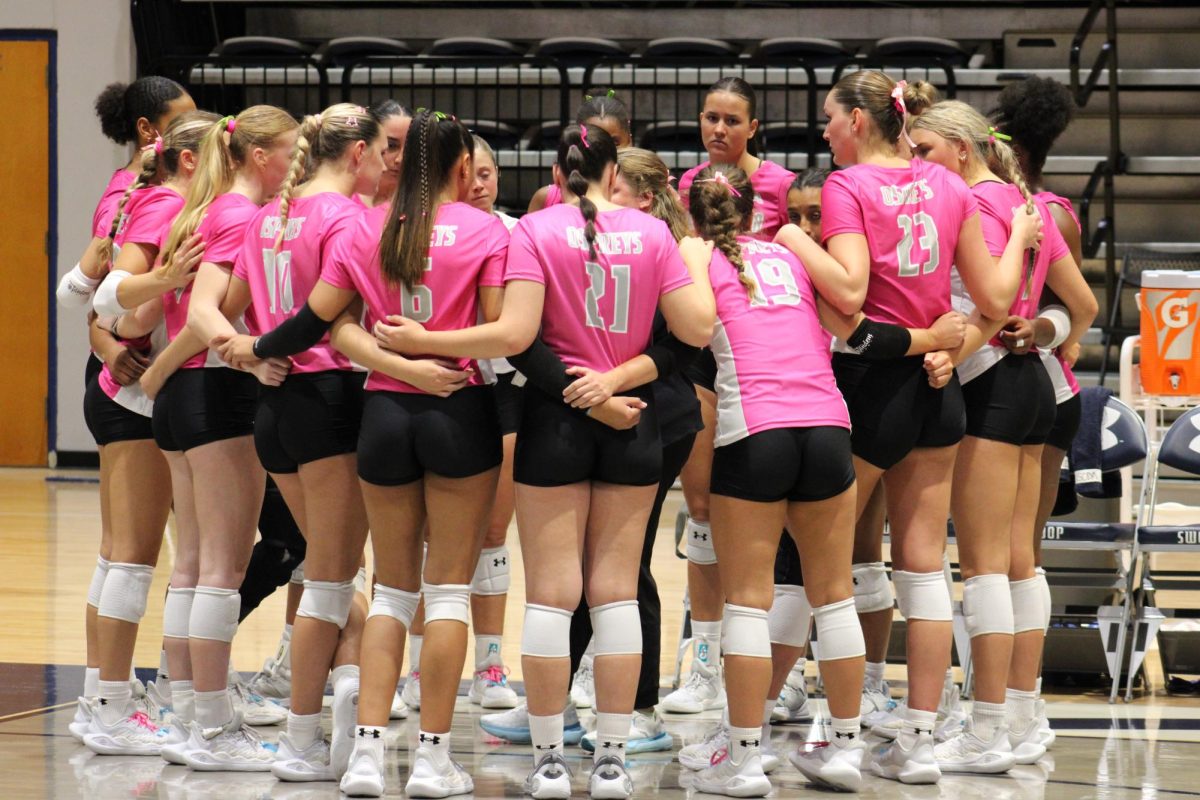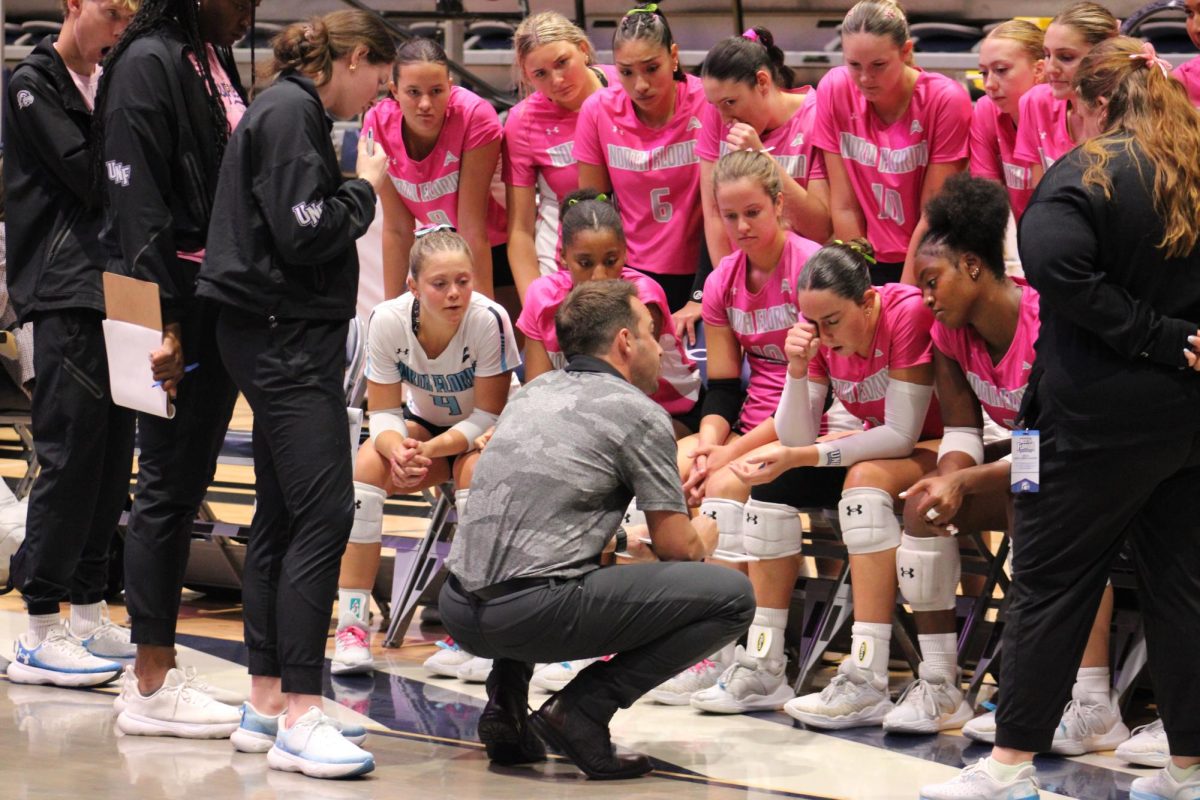The Board of Trustees approved a new technology fee June 24 that will increase tuition costs starting in the fall 2010 semester.
The technology fee will increase tuition by five percent per credit hour, which is equivalent to $4.78 per credit hour.
The fee was presented to the BOT after the Board of Governors did not allow the Academic Enhancement Fee –approved at the BOT meeting May 27- to be chosen for approval. The BOG wished to establish a regulatory process before accepting new fees.
The technology fee does not have to go through the BOG in order to be approved. Florida Statute 1009.24, which discusses student fees, previously allocated a spot for a technology fee that could be up to five percent per credit hour.
The BOT Chair Bruce Taylor said at the meeting in June that this is a necessary fee to provide extra funding to the university’s work plan. The fee will generate an estimated $1,883,320 for improvements.
Vice president of administration and finance Shari Shuman said the fee was something the university needed and wants to make sure the improvements remain student-oriented.
“One of the things we really wanna do with the help desk is improve the quality of service,” Shuman said.
The funds collected through the technology fee will be used to improve the student help desk. These improvements may include increased hours and more available staff members. Shuman said the improvements to the help desk would prove especially beneficial for students taking distance learning courses.
Student Body President Sitou Byll-Cataria expressed confidence in the technology fee at the BOT meeting in June and said he is looking forward to having more jobs for students on campus through improvements to the help desk.
“In order to have something, we need to sacrifice something else,” Byll-Cataria said.
Vice President Chief of Staff Tom Serwatka presented the fee at the meeting in June and said software packages would benefit the students and get rid of outdated software and technology in the classrooms.
“What was new technology five years ago is outdated technology today,” Serwatka said. “There’s new technology like SMART boards and things like that and they’re floating around and we don’t have them on our campus yet.”
Distance Learning will receive significant improvements from the fee, including more available courses and expanded software licenses. Assistant Vice President and Chief Information Officer Lance Taylor said the university would need more servers to support any changes or additions made to distance learning.
“I think that there is a demand by students to not have to come to a physical classroom for every class that they take,” Taylor said. “There’s got to be a change in the way we deliver classes.”
Improved wireless Internet is a topic Taylor said the university is looking into. As more students gain better wireless technology such as laptops and smart phones, the wireless Internet on campus is going to need to improve along with the presence of higher technology. Taylor said the improvements may include installing more wireless access points and determining the hot spots on campus.
“Wireless technologies are improving all the time and so we can improve the technology,” Taylor said.




